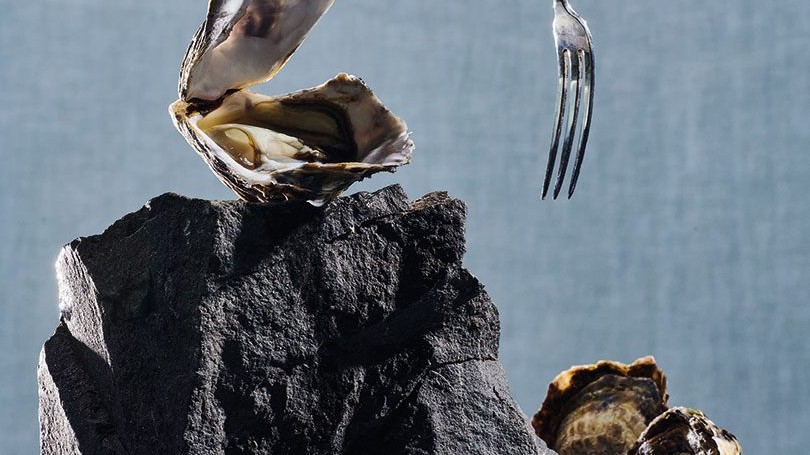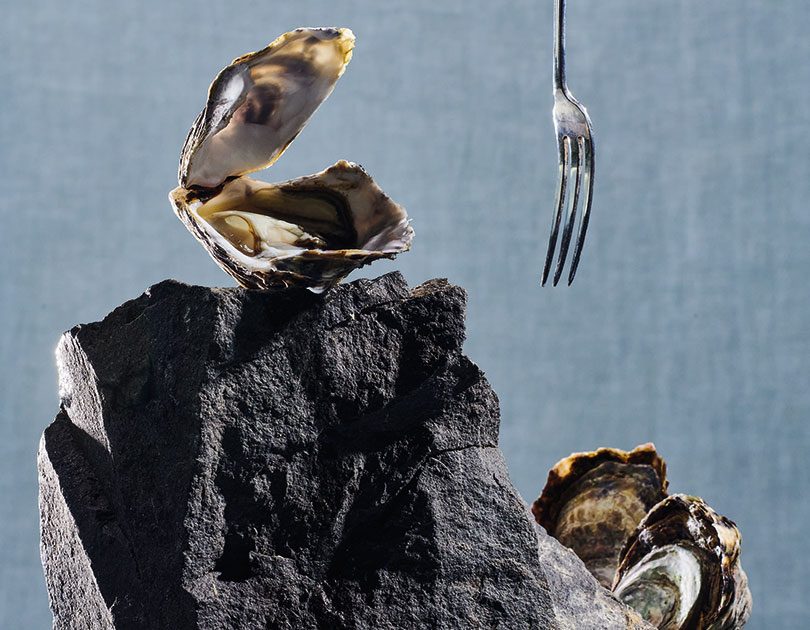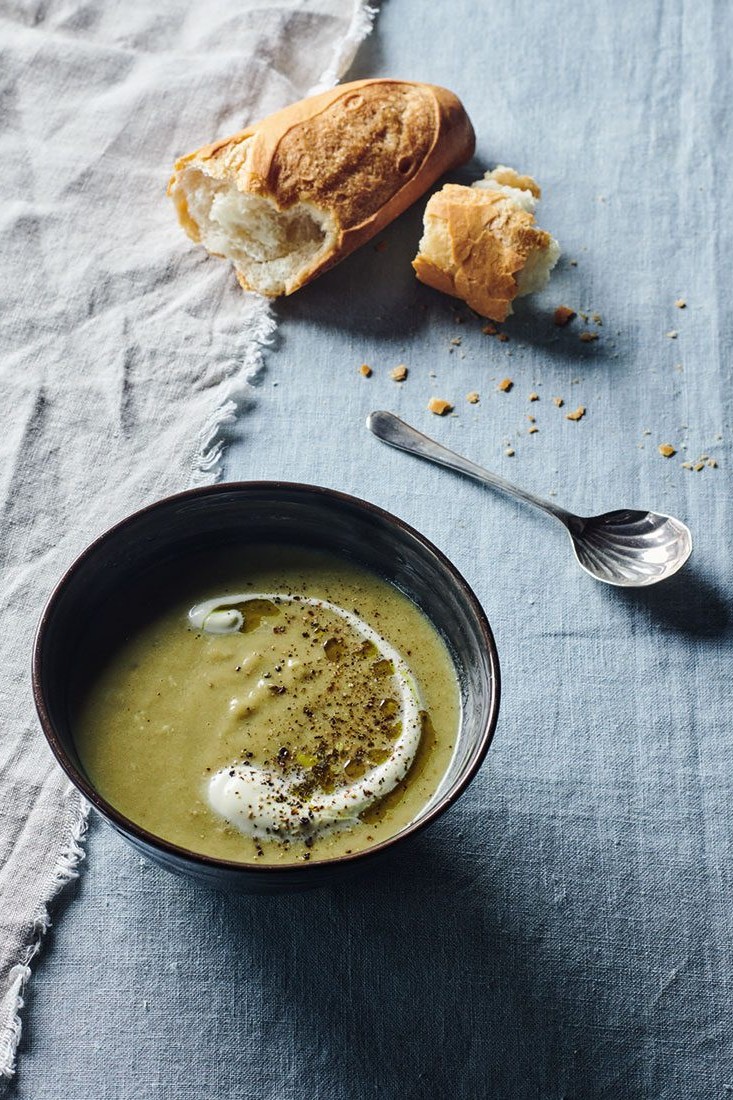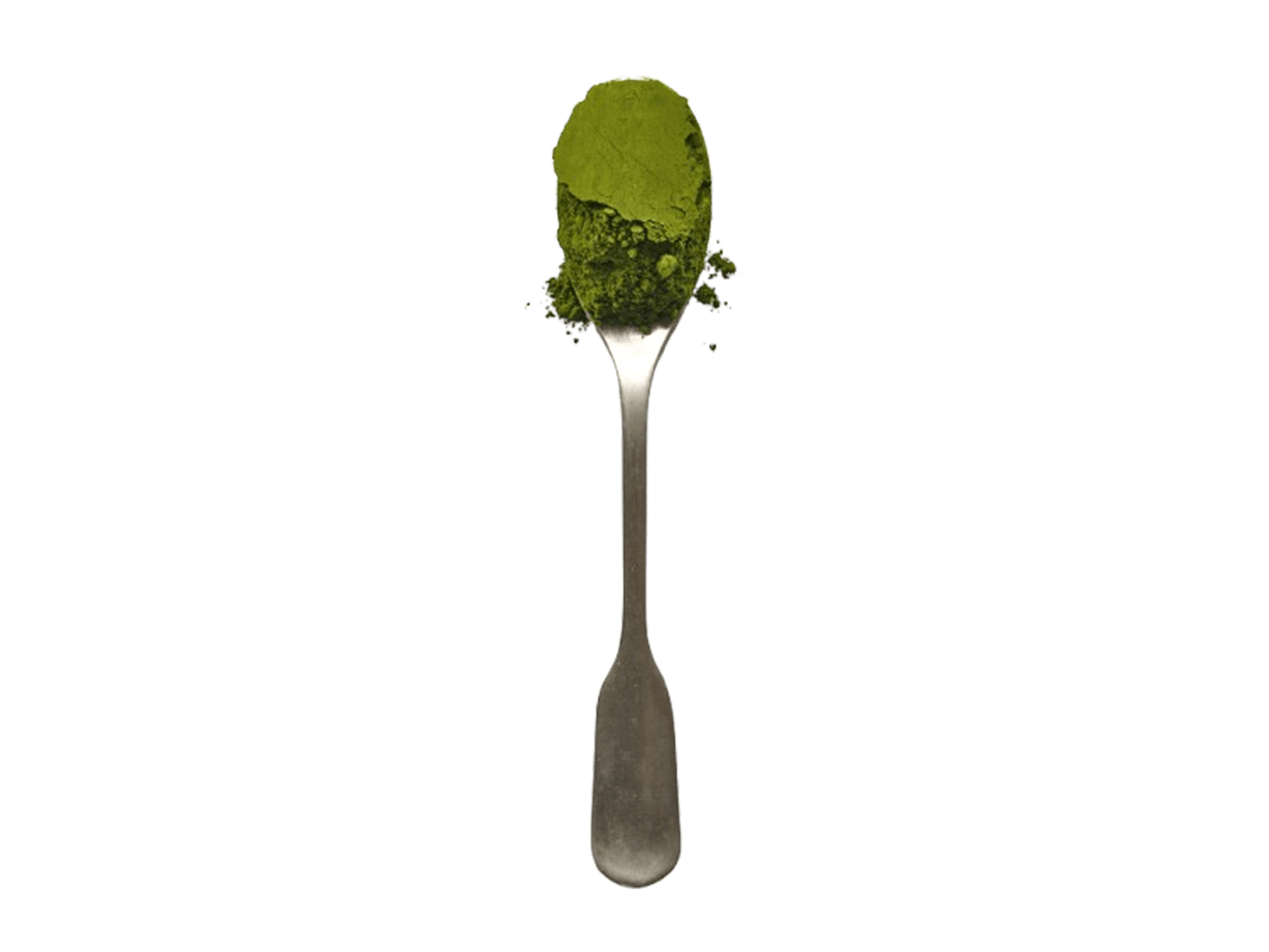The taste of an oyster encapsulates a particular place and time – Martin Bosley explains ‘merroir’ and why it’s important.
When all the stars align and the environment, weather, viticulture and characteristics of land and soil from a specific place come together, we get that thing we love in a wine: ‘terroir’. Like wine, the flavours of an oyster are determined by the unique environment of the marine ecosystem in which it is farmed or harvested – tides, weather and water – the species and the husbandry: we call this ‘merroir’. The waters of Waiheke Island are to Te Matuku oysters what Marlborough is to sauvignon blanc.
Peak season for oysters moves from winter, through spring when they are at their best and into early summer. Bluff oysters – the world’s only commercially available wild-harvested oysters – are widely regarded as the best in the country and are available mainly through the winter months. The native rock oysters (such as the Te Kouma Bay rock oysters pictured) and the farm-raised Pacific oysters are available nearly all year round.
Each time you taste an oyster, the experience is a journey into its particular place and time of origin, with distinctive flavour and texture profiles – oysters grown in fresher water with low salinity have a sweet flavour, while those grown close to an estuary will have a salty, briny flavour. As the water temperature increases oysters want to spawn, leading to a creaminess and an oyster that tastes like clotted cream or mascarpone.
That first taste of an oyster delivers a rush of salt and sea from the brine retained by the oyster to regulate its environment and condition while out of the water. It tastes like ocean spray, olives or asparagus.
The oyster’s adductor muscle connects the top and bottom shells and the level of sweetness is determined by the size of this muscle. The more often an oyster must open and close its shell (to feed or according to tides), the larger the muscle and the sweeter the taste, with flavours reminiscent of cucumbers, rock melon and even subtle hints of green apple. See, it’s just like tasting wine.
And again just like wine, how the oyster finishes on the back of the palate is due to the concentration of trace minerals such as zinc, copper, iodine and magnesium (think Bluff oysters) that deliver defined mouth-drying notes of flint or stone.
Finally, that they taste simply delicious with an all-round savouriness is due to umami, the flavour like mushrooms or nori that is somewhat earthy and meaty yet difficult to singularly define.
Opening an oyster is not as tricky as you think. An oyster knife with a guard and a folded tea towel will be all you need. Place the oyster firmly on a chopping board, flatter side facing upwards and protect your non-knife hand with the folded tea towel. Imagine the top of the oyster is twelve o’clock, the hinge towards you is six o’clock. Now insert the knife into the two o’clock position where the top and bottom shells meet, moving the knife in a rhythmical rocking motion from side to side, pushing the knife further in so that the top shell starts to come away. Slice under the upper shell towards you and cut through the adductor muscle, releasing the top shell. Try not to lose any juices and remove any broken shell.
Some will argue that an oyster is at its best when freshly shucked and served, quivering, straight from the shell with little more than a mignonette dressing or a wedge of lemon, some dark bread and butter on the side. I’m one of them, though I season my oysters with a pinch of salt rather than lemon, a trick an old Greek fisherman showed me. But on the odd occasion when I do want to eat oysters that aren’t raw I might team them up with some sizzling bacon for a simple version of Kilpatrick, warm them with some grilled spicy chorizo or merguez sausage or toss through some fresh fettuccine with lemon zest and spinach, poaching them just long enough to tighten and plump up. Dipping them into a beer or tempura batter seems obvious and in winter a steaming cup of creamy oyster chowder, sprinkled with crumbled water crackers and a dot of butter, can provide immeasurable comfort on a cold night. In summer you can keep your chilled gazpacho (unless made with overripe heirloom tomatoes) and cucumber soups; for me it’s a cooling vichyssoise, a version of the French potato and leek soup that can be served hot or cold. I am no kitchen pedant so I enjoy the fact that there are many variations of this classic with no one single recipe, which is why I freely add oysters to mine and also enrich it with some crème fraîche which adds a pleasing sourness.
NOTES
Keep live oysters in an open container covered with a damp cloth – never seal live oysters in an airtight container. Do not store live oysters in plastic bags, in water or on ice as this will kill them. Store in a damp environment between 10–16°C, like a wine cellar or a cool vegetable storage area. They will remain in good condition for 10-14 days from harvest date. Chill oysters for one hour in a refrigerator or for 15 minutes on ice before opening. Half-shell oysters should be covered and refrigerated at 5°C and eaten as soon as possible.







